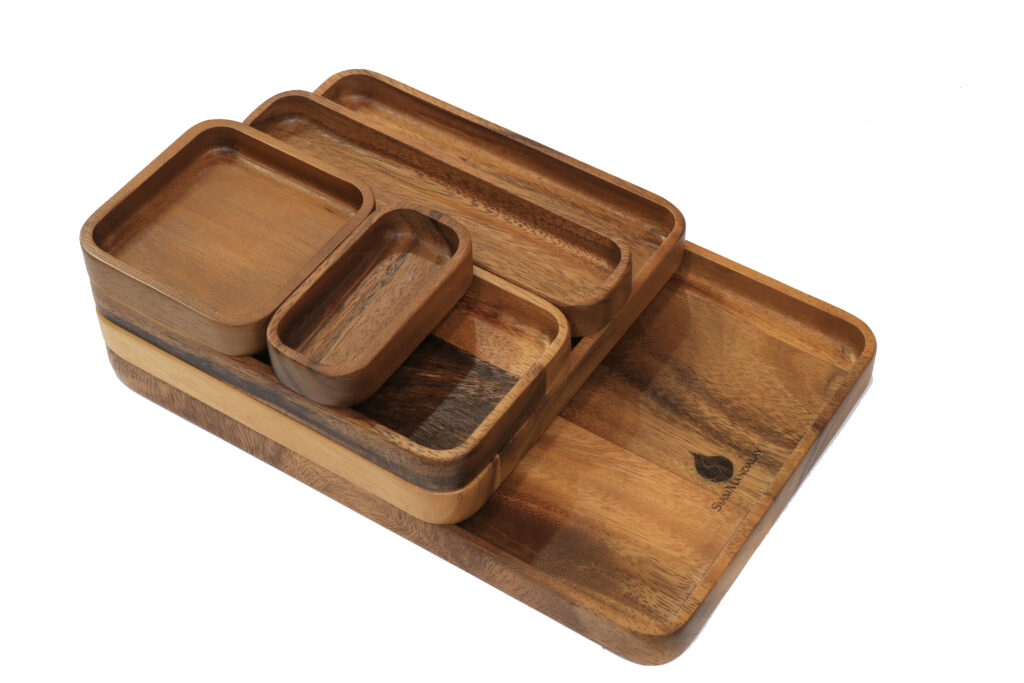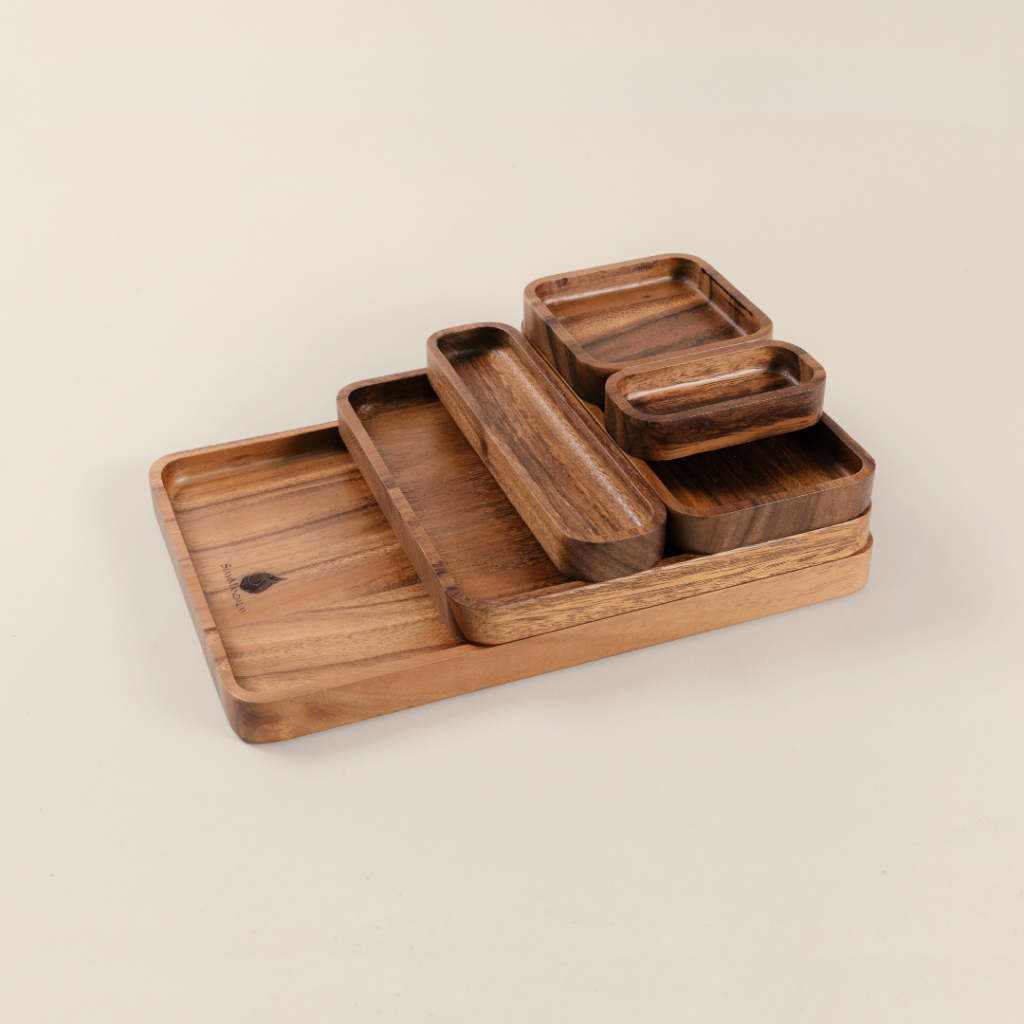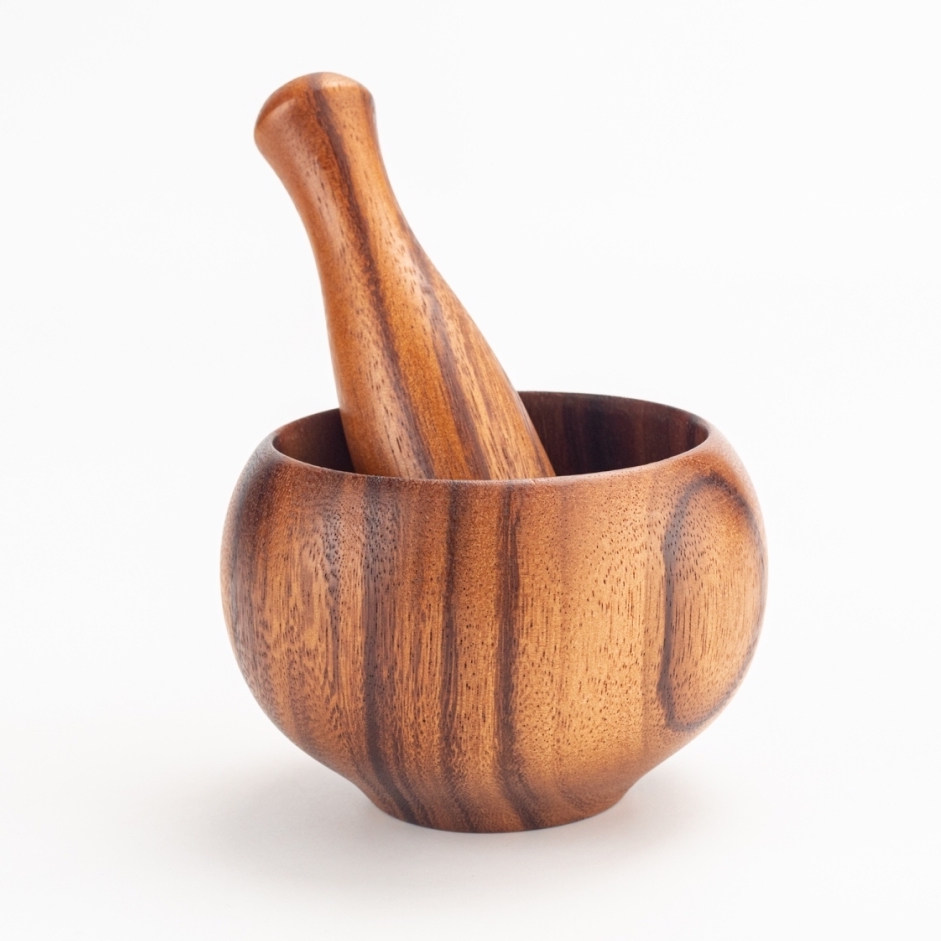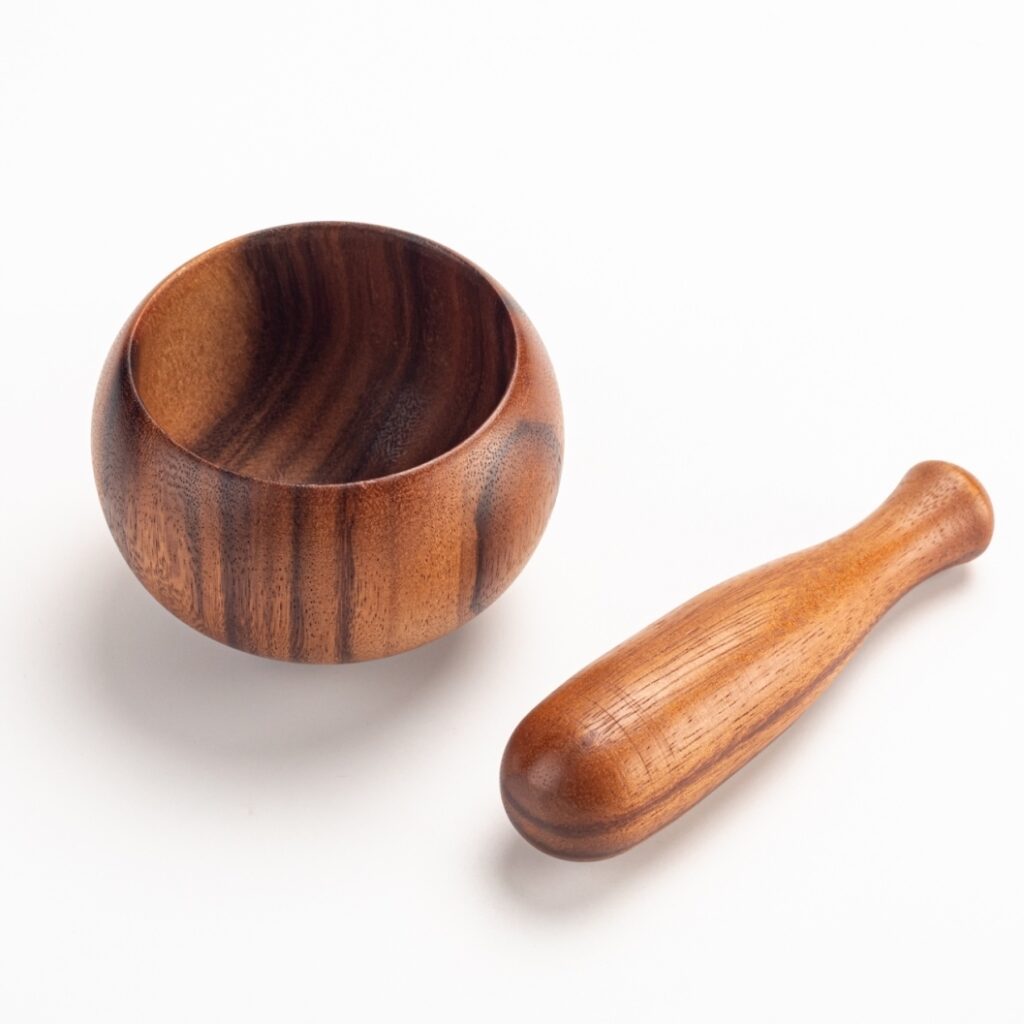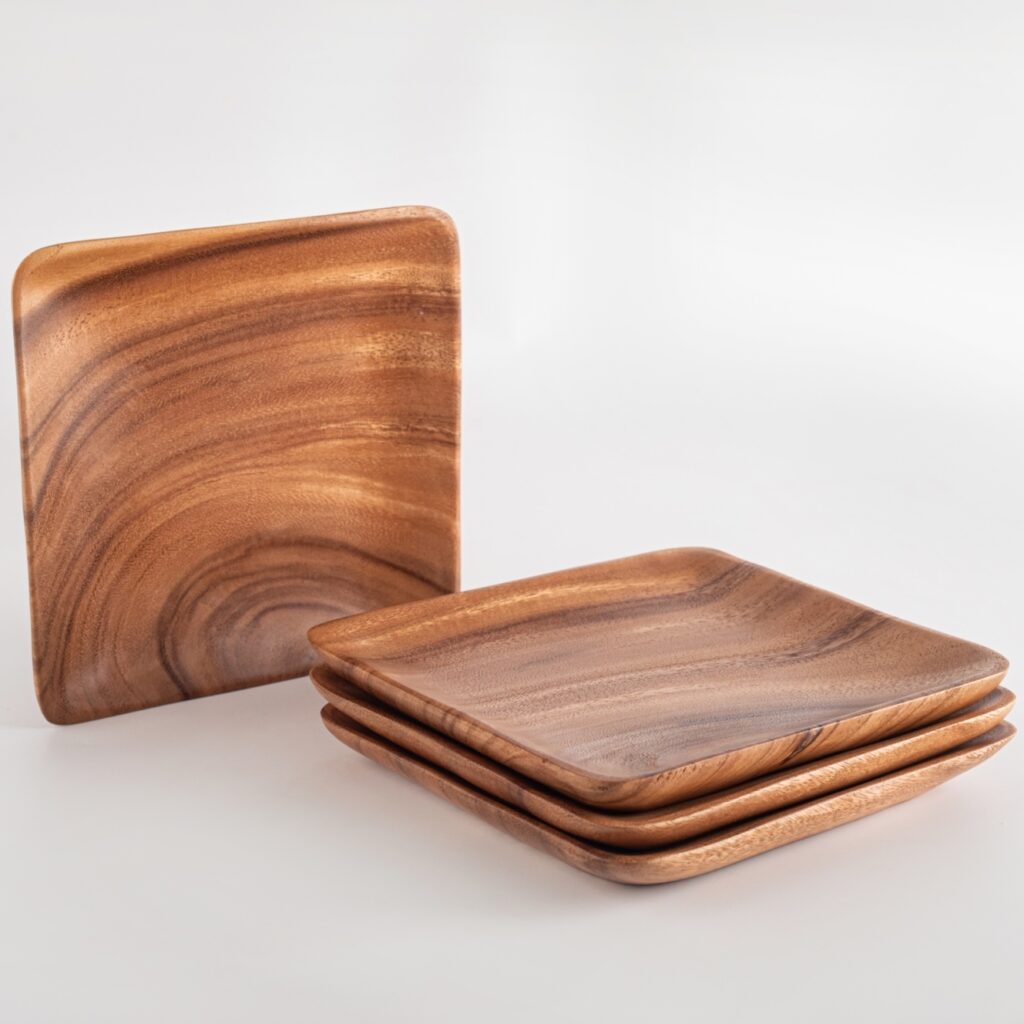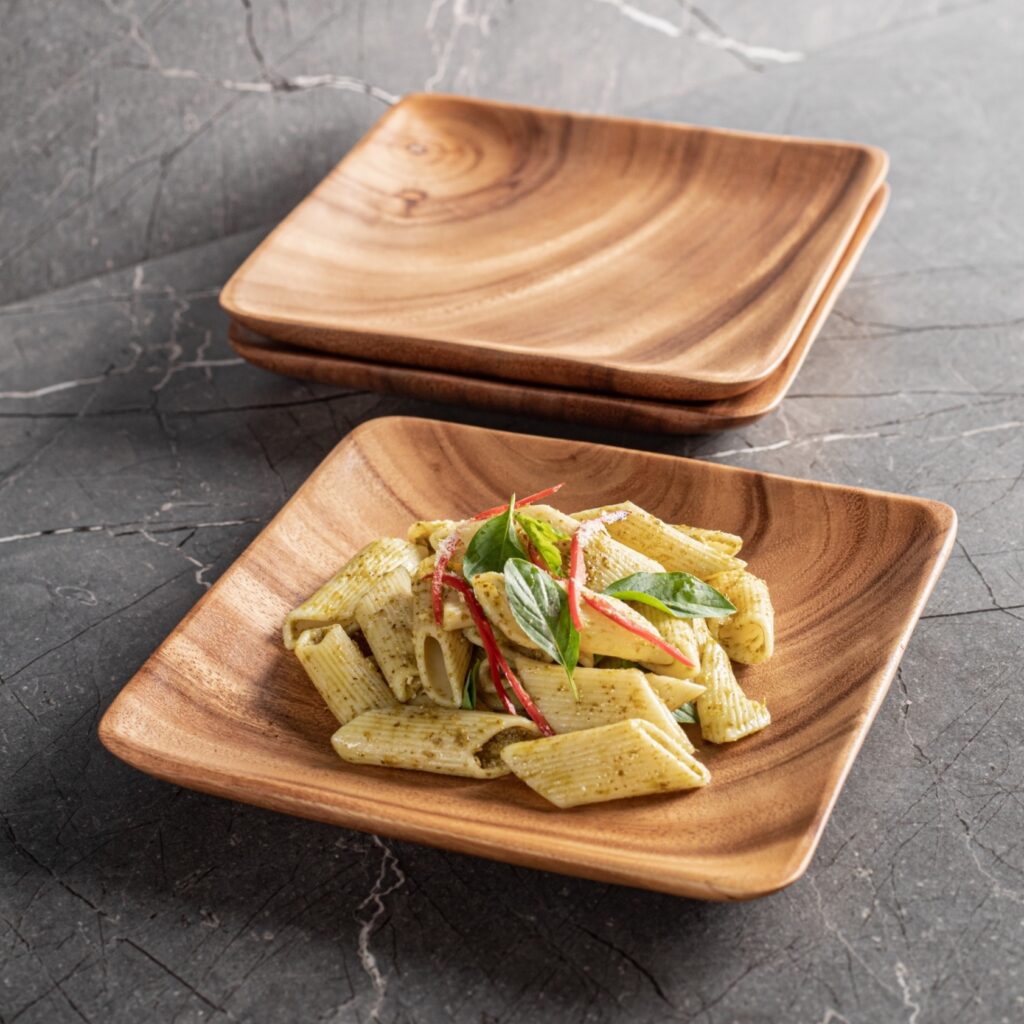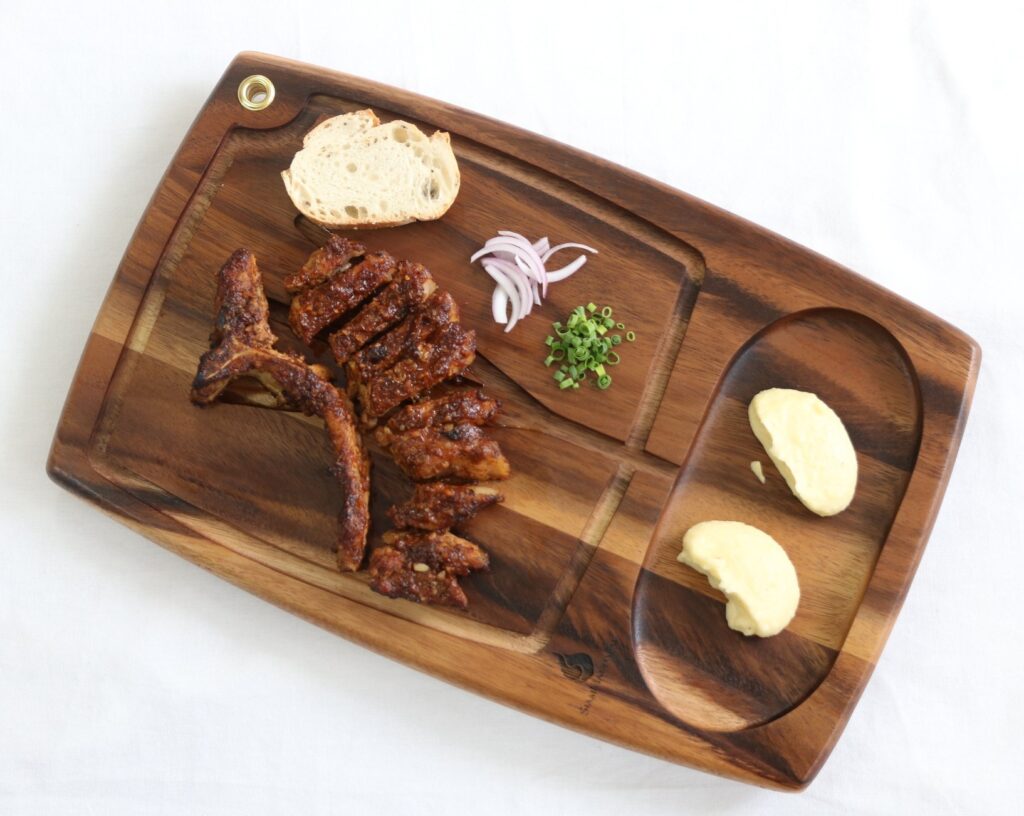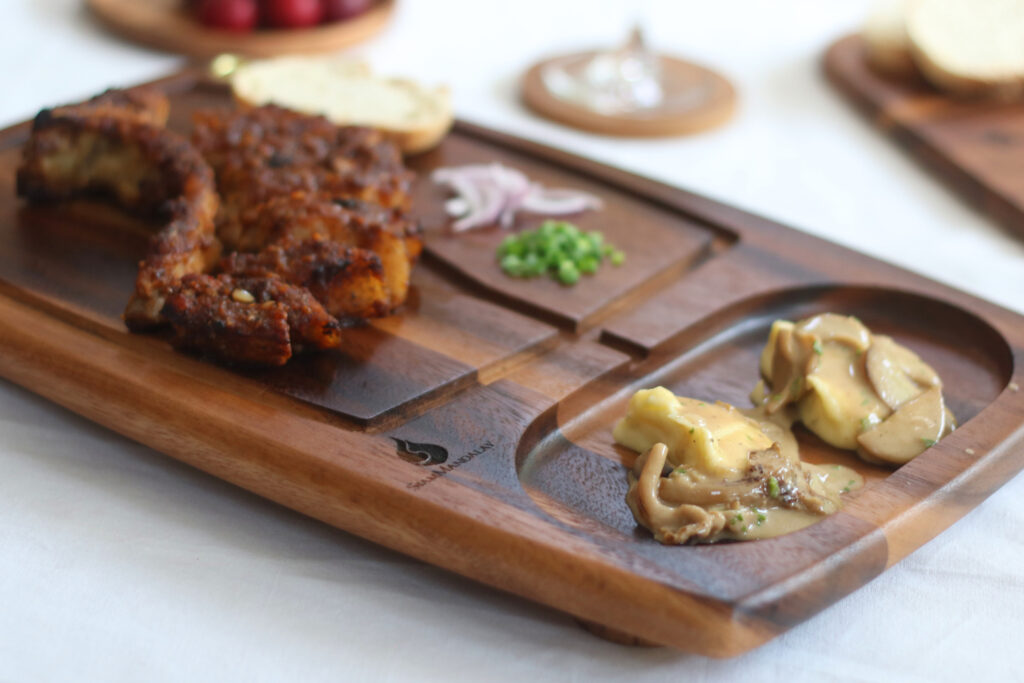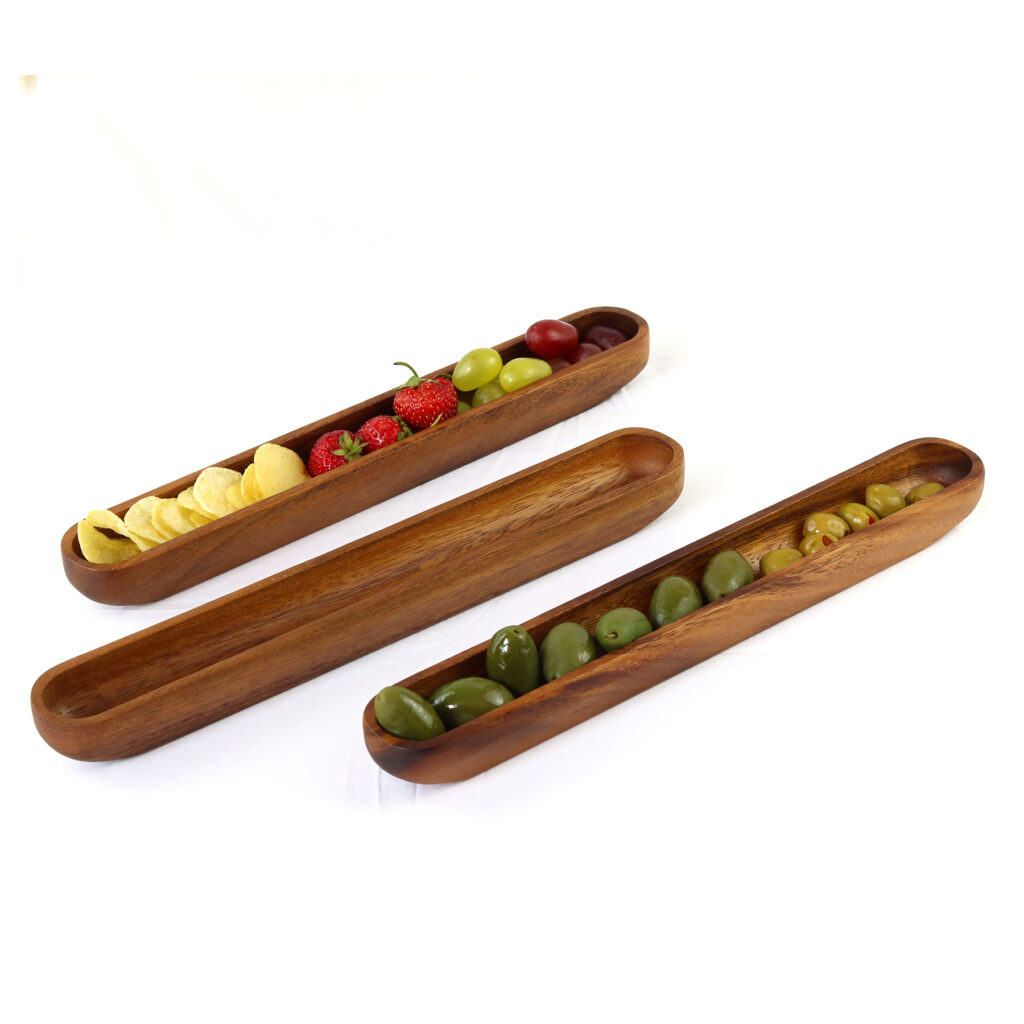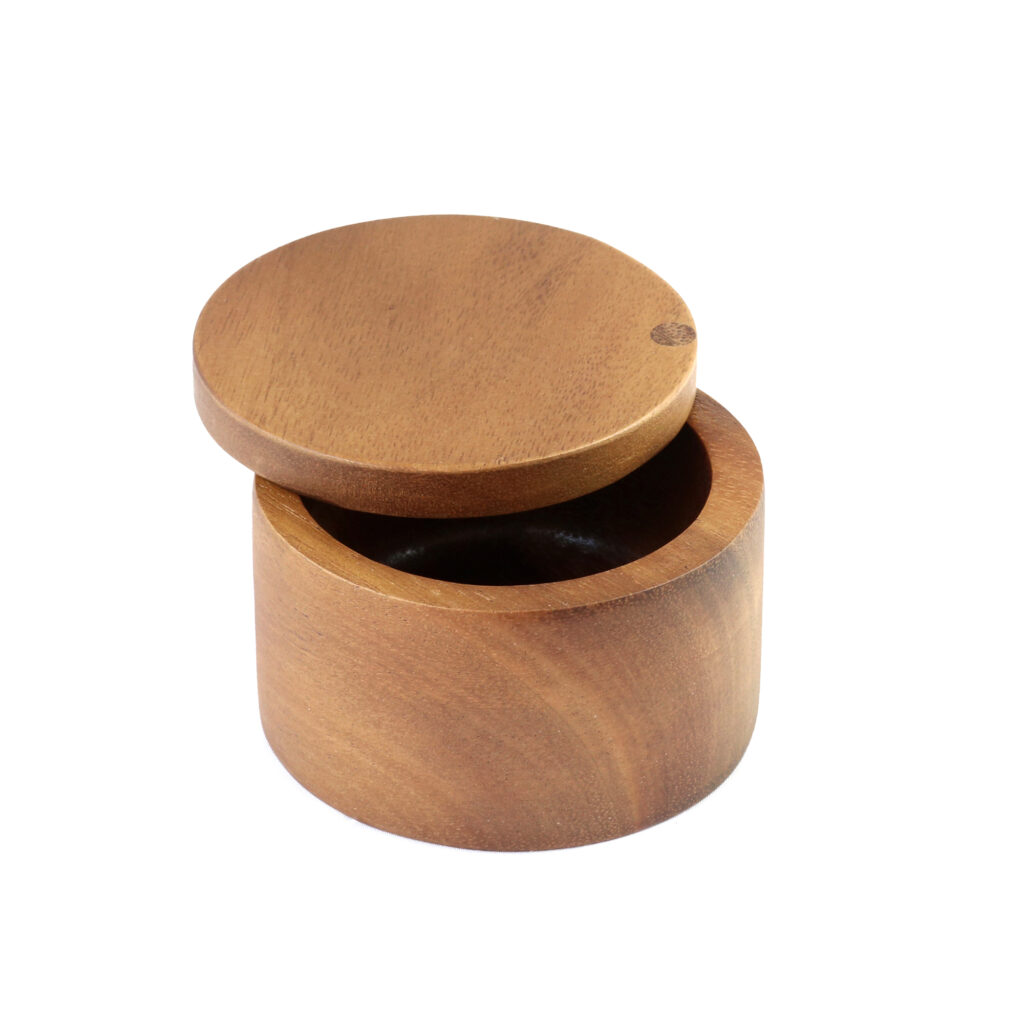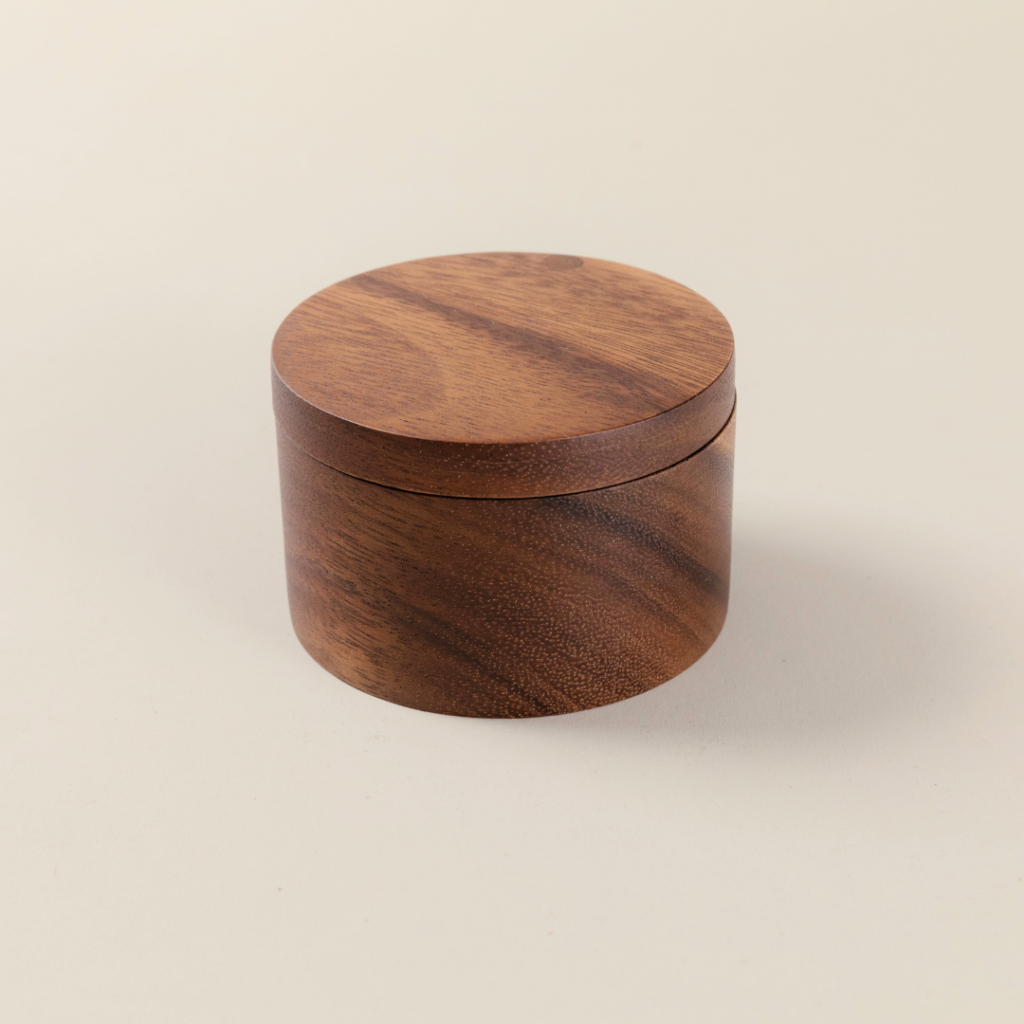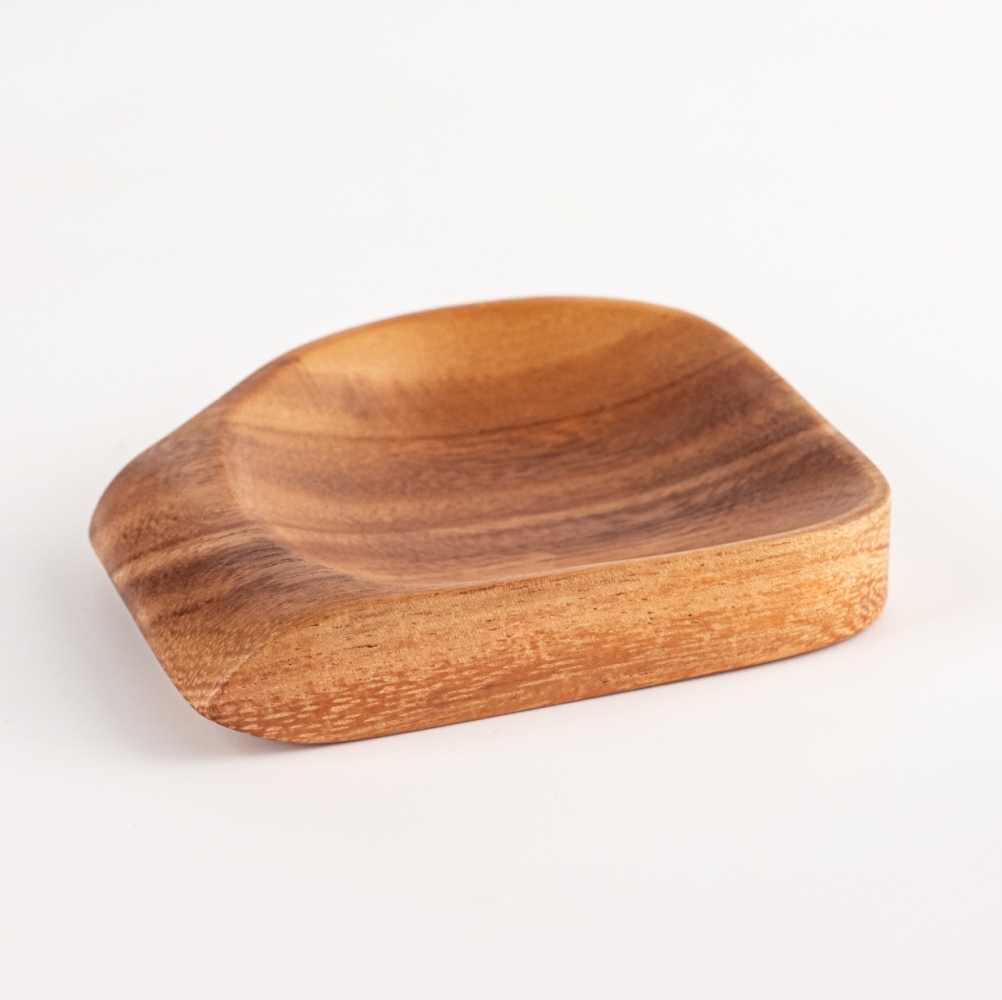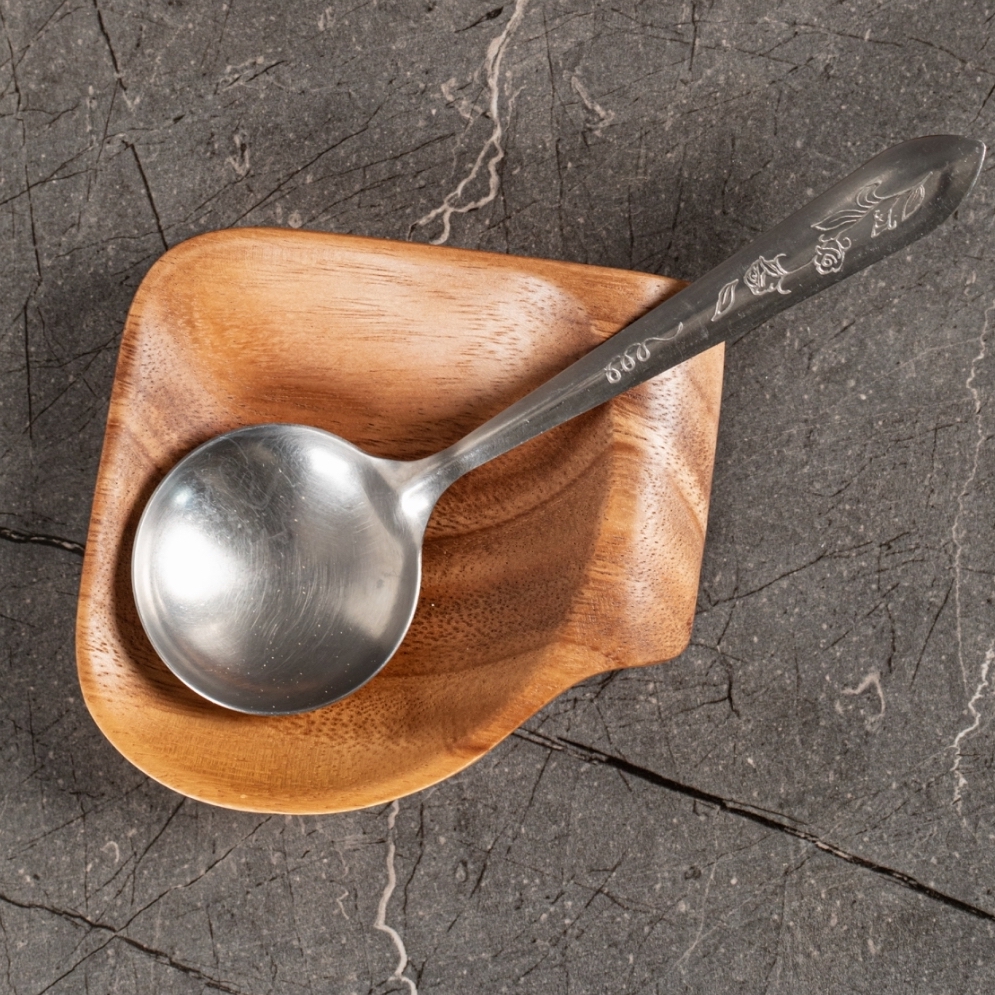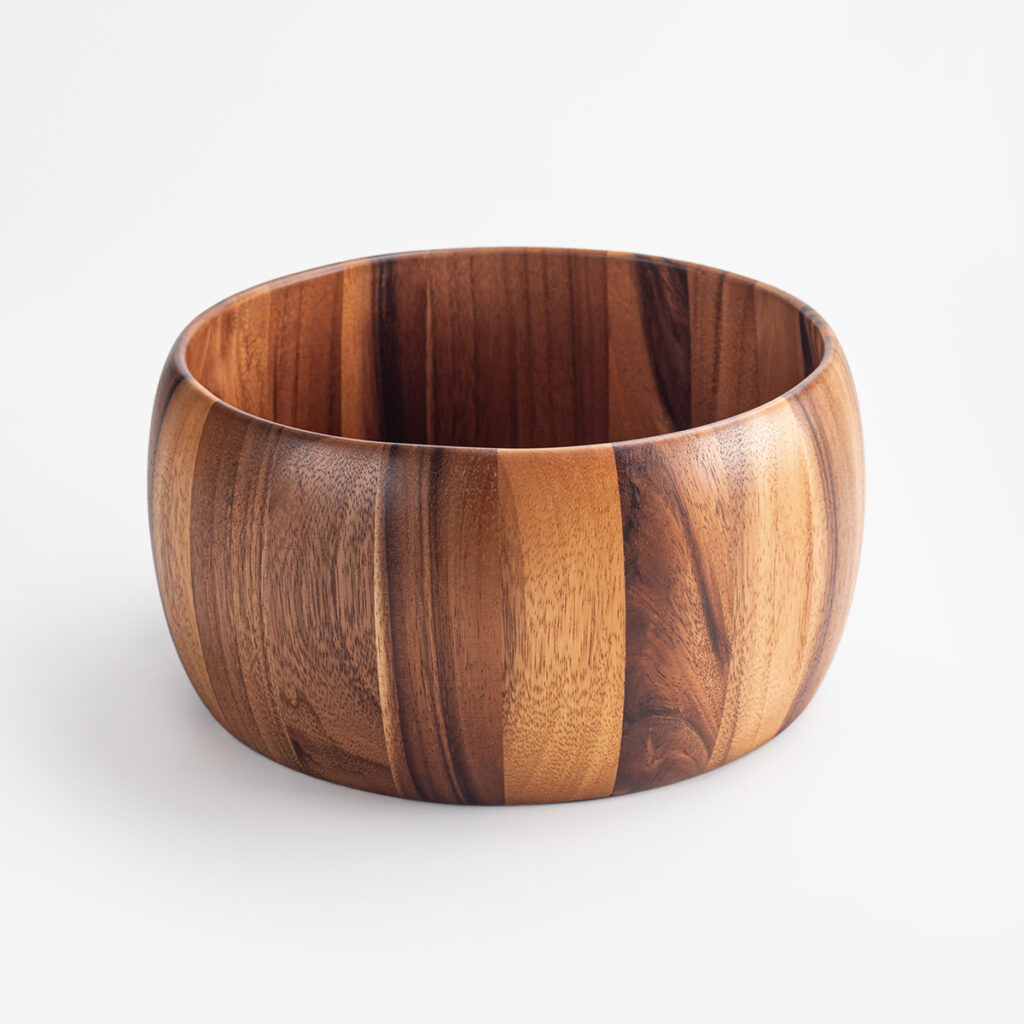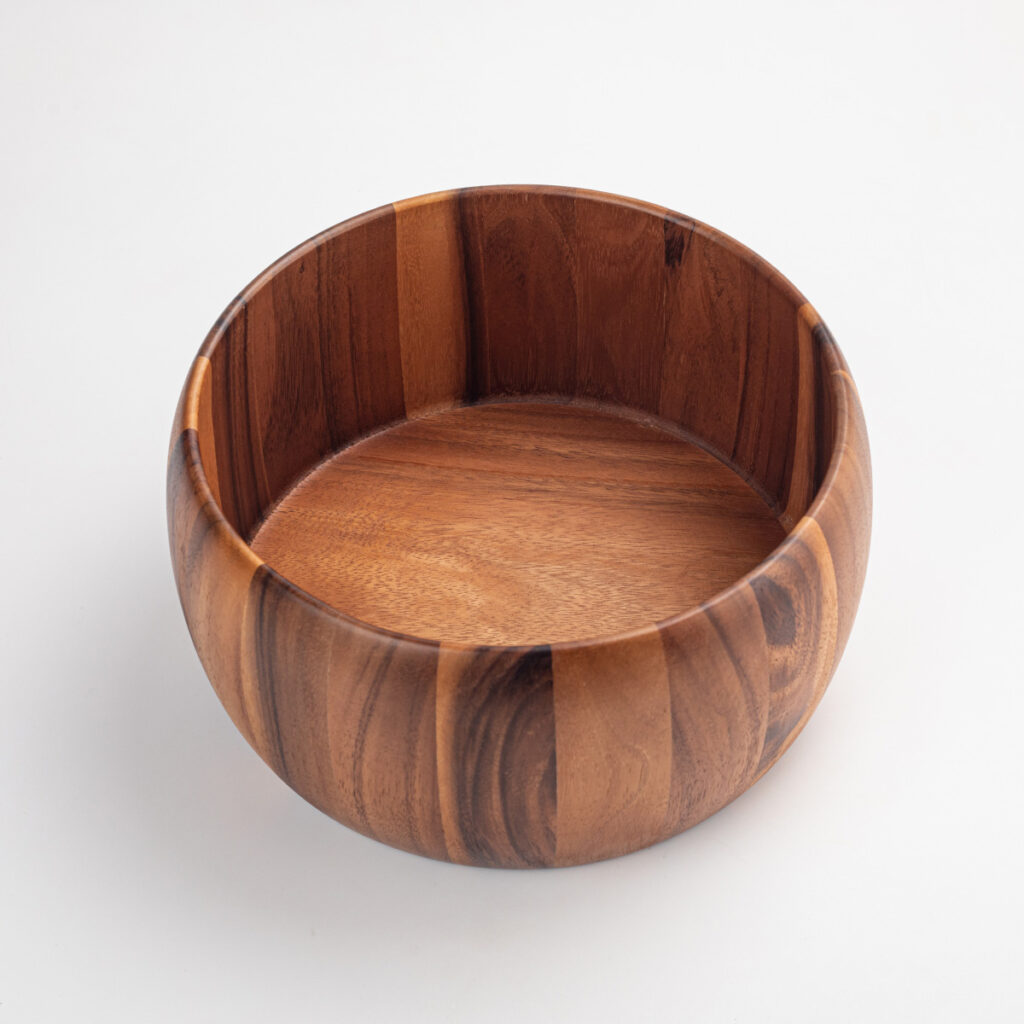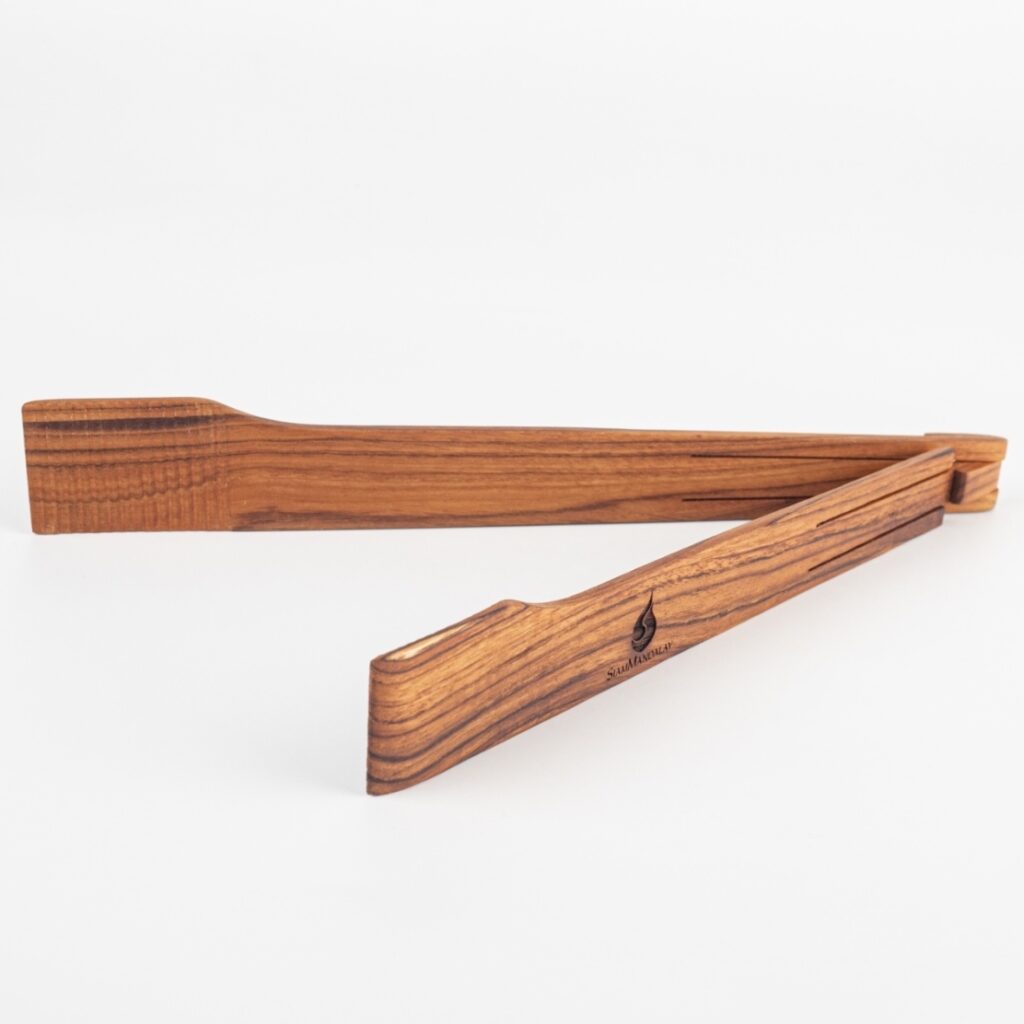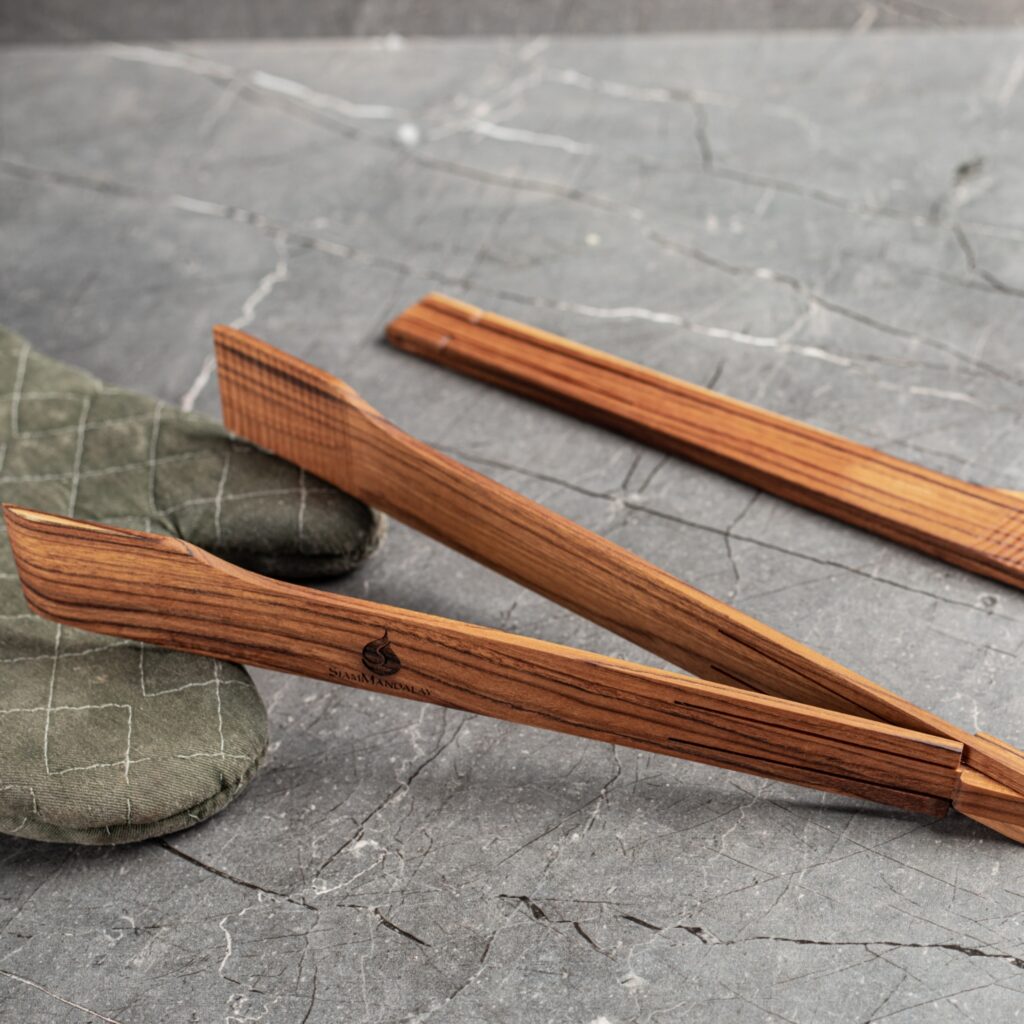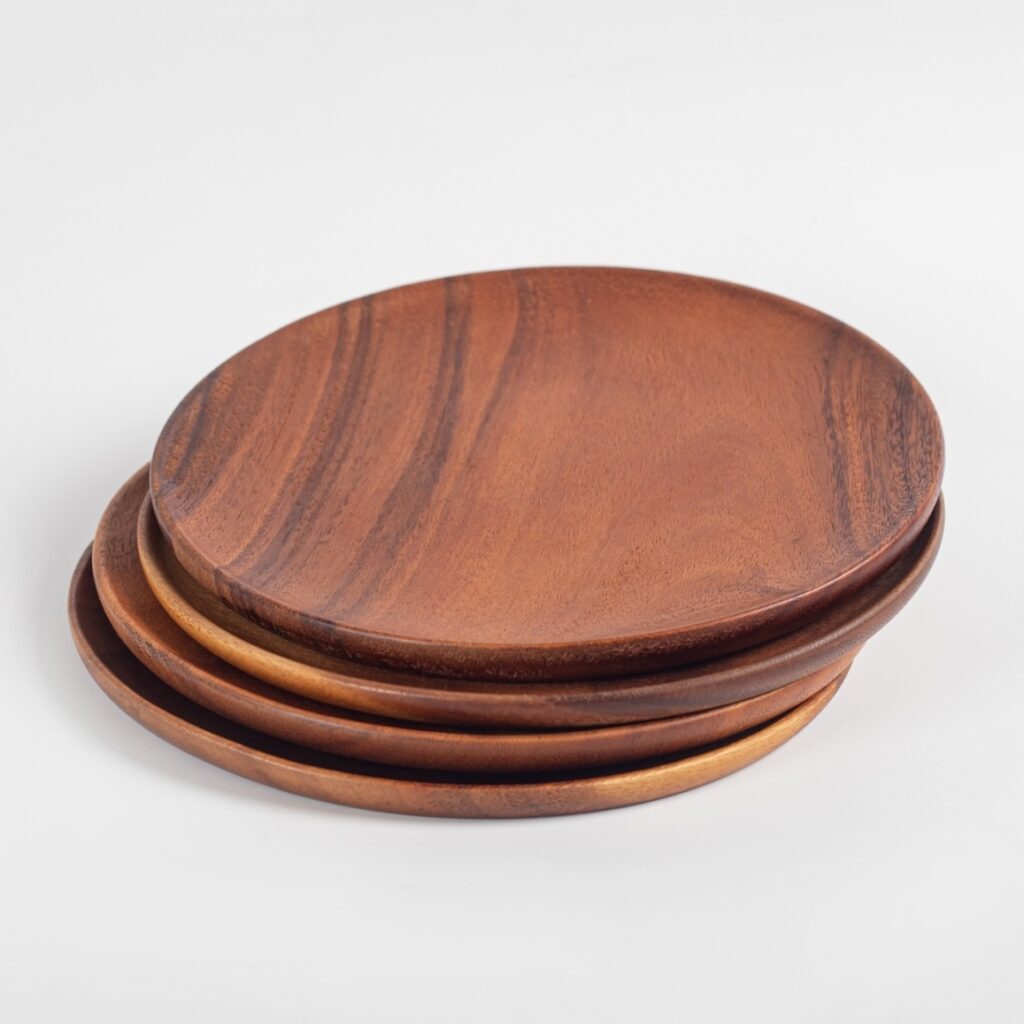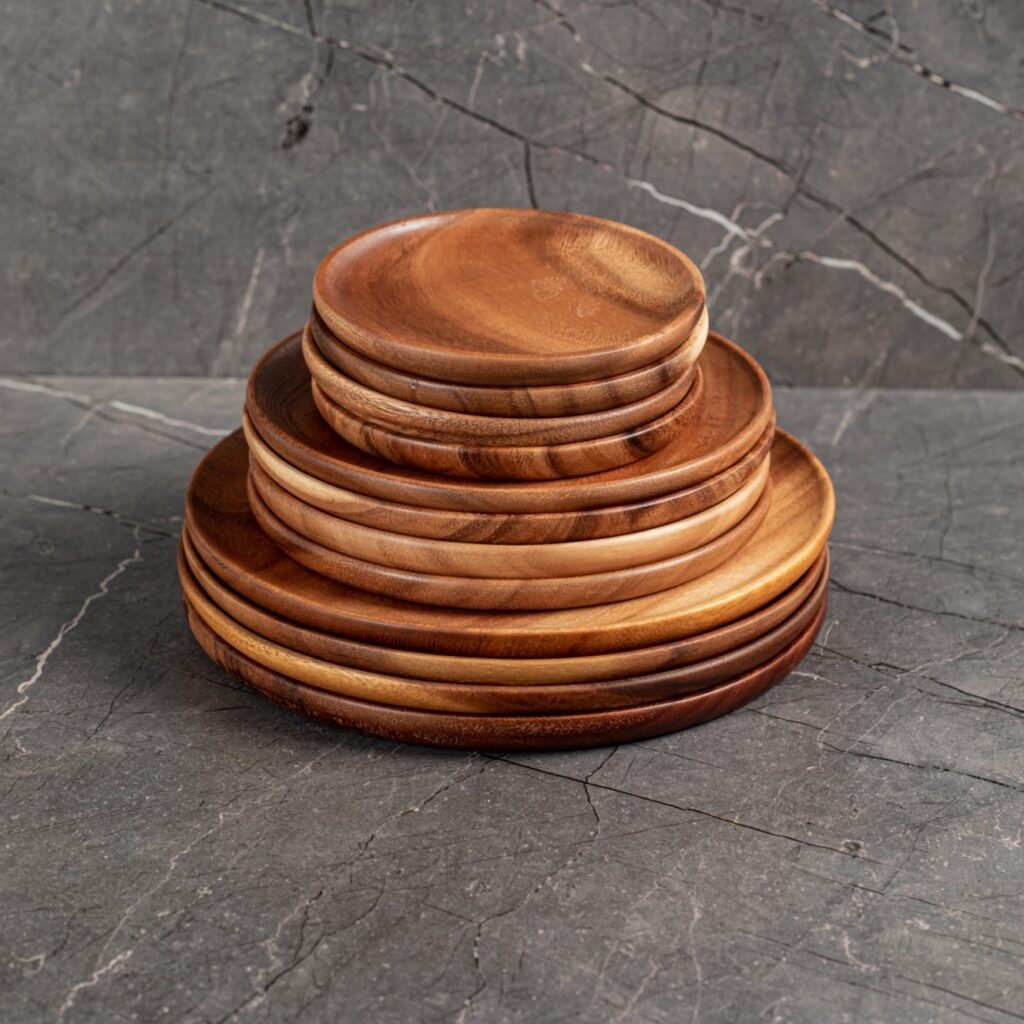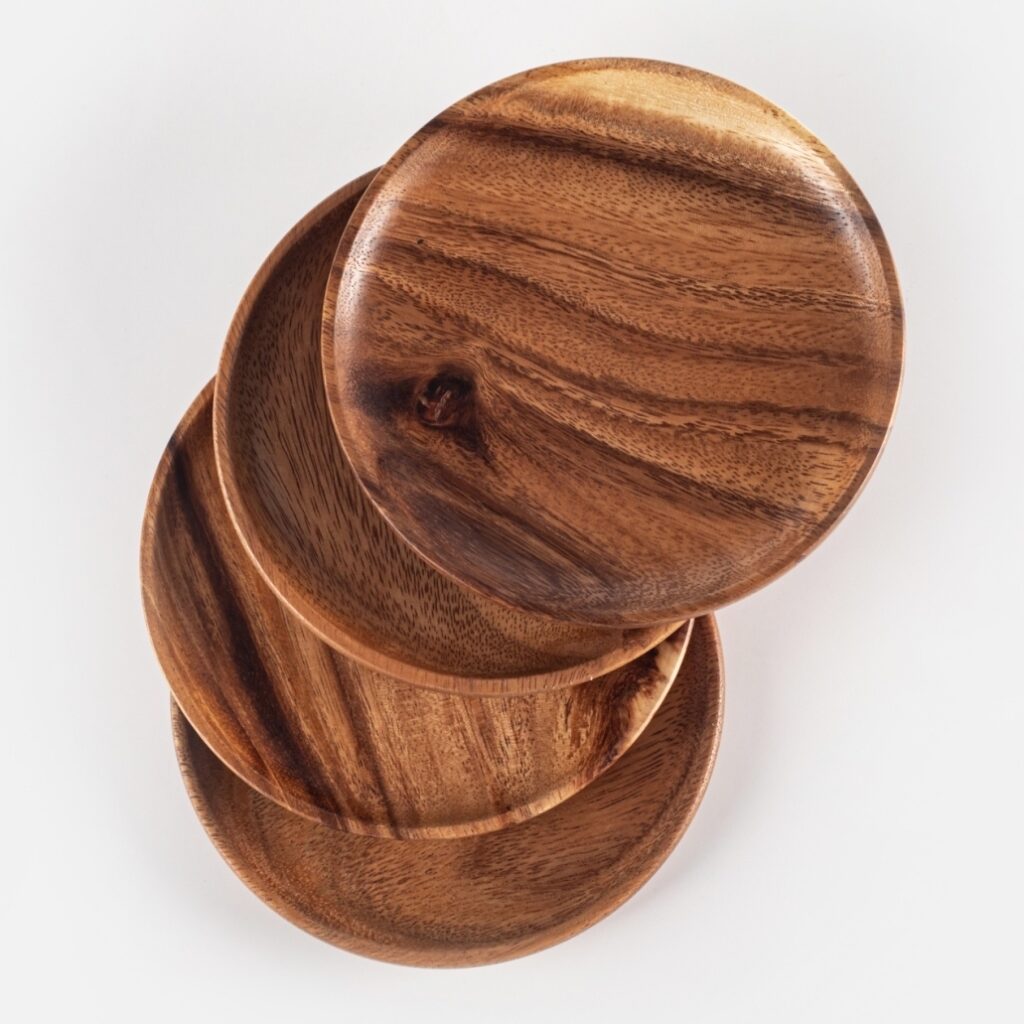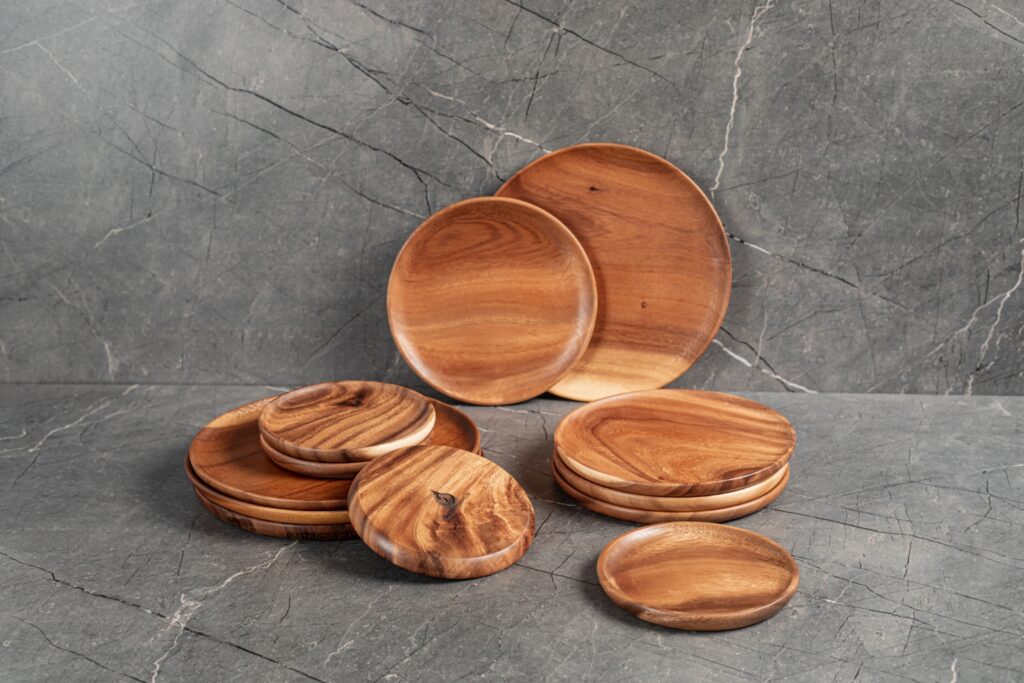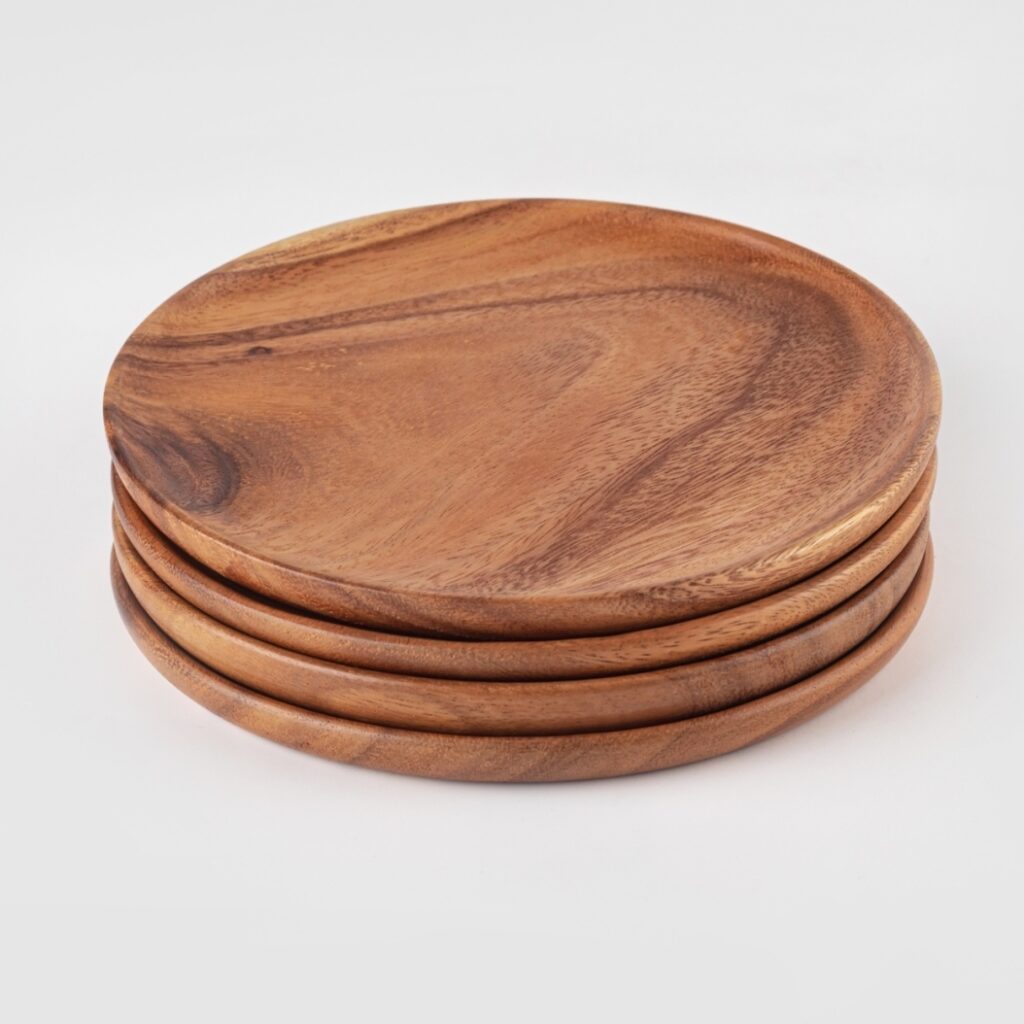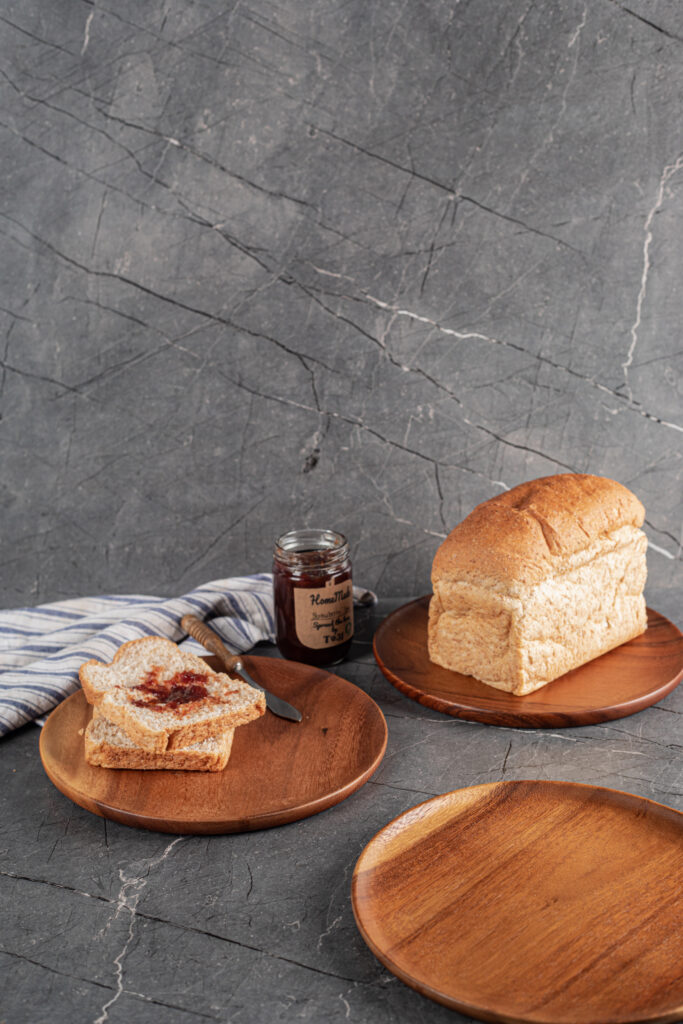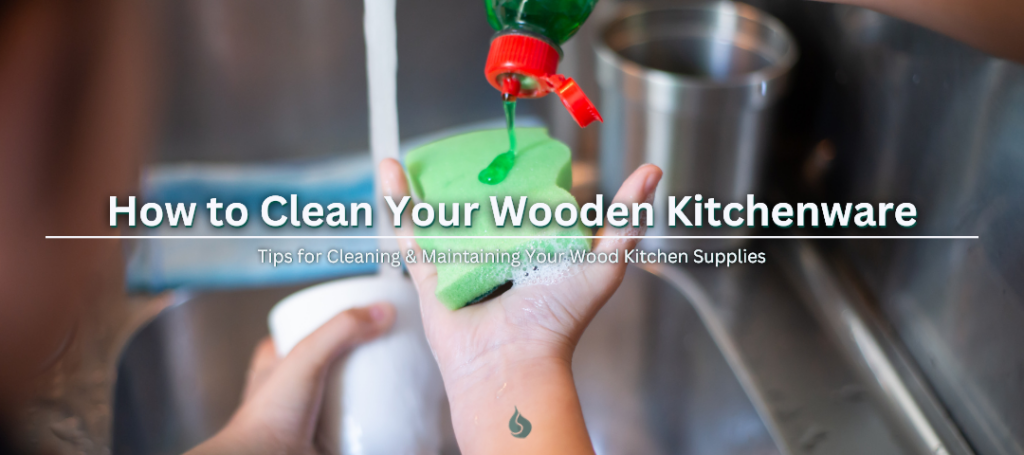
In general, it is incredibly easy to properly care for your wooden kitchenware and utensils. Although it isn’t always as simple as throwing your items in the dishwasher, it can often be just as easy, and even more rewarding to take the proper steps to ensure the health and longevity of your wooden kitchen supplies. In this blog post we will take you through some of the best methods and practices to care for your wooden kitchen items and keep them looking brand new, even after years of use. In this blog we will go over and supplying answers to some of the most frequently asked questions regarding caring for and maintaining wooden kitchenware.
Can I put my wooden kitchen utensils in the dishwasher, or do I have to handwash them?
It is always better to wash your wooden supplies by hand with warm water and mild dish soap. Dishwashers get extremely hot, and this heat can sometimes dry out the wood which leads to roughness and cracks. This is why it is always better to simply handwash with a sponge or another gentle cleaning tool. However, we do advise against using steel and other metal scrubbers. Also try to avoid soaking your wooden kitchen supplies. Prolonged exposure to water can allow moisture and chemicals from the dish soap to break down parts of the wood and hurt the longevity of your kitchenware.
How should I dry my wooden kitchenware items?
After washing it is important to give your wooden kitchenware time to dry before returning it to drawers and cabinets. Allowing all the excess moisture to dry completely prevents bacteria and mold from growing inside of your plates, bowls, and utensils. For this reason, we suggest blotting dry with a cloth or paper towel immediately after washing, followed by leaving it out for a few hours to airdry completely.
Do wooden kitchen utensils need to be oiled or seasoned? How can I restore my wooden spoon?
Consistent washing and use may eventually lead to dryness, regardless of the methods. When this happens, it can be remedied with a short and simple fix. Applying mineral oils or even beeswax can help return the texture, look, and feel to our wooden kitchen supplies. When applying your oil, it is imperative to begin while the wood is clean and completely dry. If it is still even a little wet, the oil will be unable to penetrate the wood properly and do its job. Generously apply the oil or beeswax with a paper towel, paint brush, or cloth until there is an even layer all over. Then, let your wooden item sit and absorb the mineral oil until it is dry to the touch (depending on the type of wood it can be anywhere from 4-24 hours). Once dry, wipe off any excess oil with a paper towel and your wooden utensil or item will be restored to its original beauty.
How do I get rid of a stain on my wooden cutting board?
One of the more common complaints about cleaning wooden kitchenware, cutting boards specifically, is that they can easily be stained by things like tomato sauce, blueberries, or curry. Some also point out that strong potent flavors or smells like garlic and onion can persist on the board even after washing. Both issues are remedied relatively easily. First, it is important to note that visual stains on your cutting board from foods with lots of pigmentation may affect your board visually, but your cutting board will remain perfectly clean and safe to use with other foods as long as it has been properly washed. Further, these kinds of stains often take care of themselves. Dissipating after just a few more uses and washes.
Regarding leftover intense odors and flavors, this can easily be handled by sprinkling salt or baking soda onto the surface, then slicing a lemon in half and rubbing the inside of the lemon onto your cutting board. This will help to eliminate the odor and leftover flavors, while also even helping a little with potential stains from foods with high pigmentation. If you really want to try and deep clean your wooden kitchen supplies, try adding vinegar or baking soda into the mix as well. Applying baking soda prior to rubbing your wooden items with a lemon can help not only to remove odors, but to further disinfect your utensils.
How can I deep clean my wooden kitchen utensils?
If none of the previous cleaning methods have been able to help get your wooden utensils clean enough for your liking, there are a few more techniques that can be tried for further cleaning. Some say that boiling your wooden spoon or other utensil is a good solution as it helps to penetrate and remove potential living bacteria anywhere within the wood. However, we do not typically recommend this method because although it serves its intended purpose, exposing your wood to that level of heat and moisture for extended periods of time can do more harm than good. It can strip the wood of its natural oils, dry it out potentially leading to shrinkage or cracks. Further, it is not feasible for all kinds of wooden kitchenware, as you need to have a pot big enough to boil the item in, so this really only works for spoons, utensils, and smaller chopping boards. If you decide to boil your wooden items, it is important to only do it rarely, no more than every other month, and to not leave them in the boiling water for too long.
Another potential method for deep cleaning entails soaking your items in a vinegar-water mixture, or hydrogen peroxide. In both of these cases it is important to limit your wooden items time soaking. Much like the boiling method, avoid this kind of soaking too frequently; and make sure it is in short increments of no more than 20 minutes. One final method for cleaning that is the most extreme of any other tactics mentioned is taking sandpaper to your wooden kitchenware. This will sand away the top layers of the wood, removing any stains or damage, exposing the underneath layers. When taking this approach, it is important to oil and season with mineral oil afterwards in order to protect the new exposed wood. Be careful using sandpaper on your wood as everything done is permanent. Once part of the wood is sanded away, your kitchenware may become uneven or misshaped as a result, so take your time, and have a plan for exactly how you intend to sand away.
Shop The SiamMandalay Gourmet Collection Acacia Wood Kitchenware

